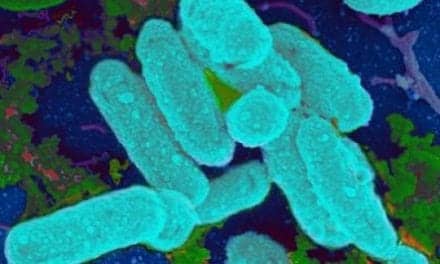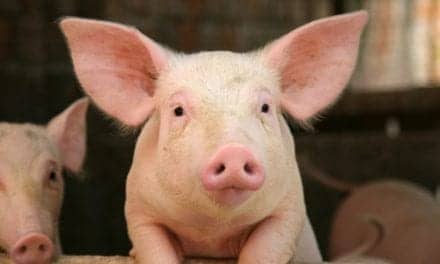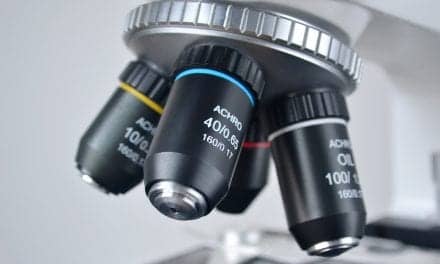Though likelihood of developing a universally effective human adenovirus vaccine is low because of its more than 50 serotypes, scientists at the U.S. Department of Energy’s Brookhaven National Laboratory believe they’ve discovered two promising candidates, according to a paper published in FEBS Letters.
Adenoviruses cause many types of respiratory diseases, including outbreaks among military recruits, childhood pneumonias, and eye infections, according to researchers. They may even play a role in obesity and are particularly dangerous for individuals with impaired immunity, such as transplant recipients and patients with AIDS.
Researchers believe targeting a common mechanism used by adenovirus strains to make new virus particles after infection could be the answer. Using antiviral drugs may be a viable way to battle all adenovirus strains.
Investigators sifted through thousands of compounds to determine which might block the effects of a key viral enzyme. The research built on work initiated years earlier by Walter Mangel, a biologist at Brookhaven Lab, to decipher the atomic-level structure of the adenovirus proteinase, an enzyme conserved throughout all strains of the virus that cleaves proteins during the assembly of new virus particles.
Over several years, Mangel’s group found that the activity of the enzyme was highly regulated by two cofactors, a small piece of another adenovirus protein and the viral DNA. Structures of the enzyme alone and in the presence of its cofactors, determined by x-ray crystallography at the NSLS, revealed key regions that could serve as potential targets for blocking the enzyme’s activation or protein-cleaving ability.
“This research is a great example of the potential for rational drug design,” said lead author Mangel. “Based on studies of the atomic-level structure of an enzyme that’s essential for the maturation of adenovirus and how that enzyme becomes active-conducted at Brookhaven’s National Synchrotron Light Source (NSLS)-we used computational modeling to search for compounds that might interfere with this enzyme and tested the best candidates in the lab.”









